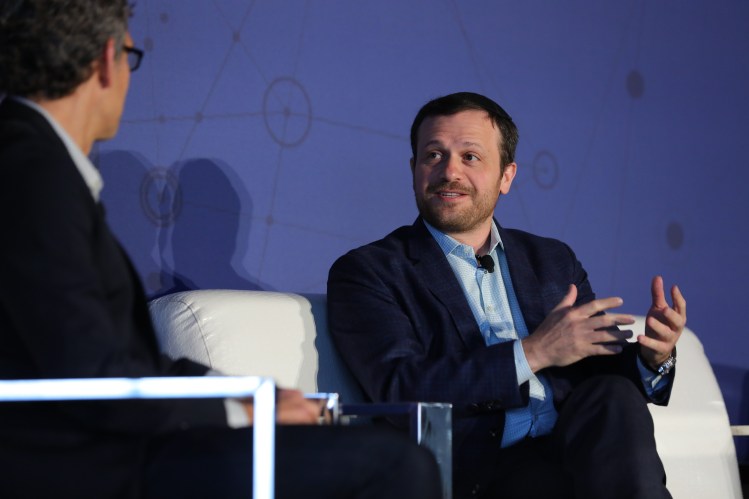Watch all the Transform 2020 sessions on-demand here.
As recently as 2016, users making reservations through OpenTable would scroll all the way down to the sixth or seventh recommendation before clicking and booking. As of February, users were booking restaurants with an average rank of second or third in results.
How did OpenTable get so much better at predicting what users want? “We started to invest a couple years ago into understanding the context of an individual,” OpenTable CTO Joseph Essas explained today at VentureBeat’s Transform conference in Mill Valley, California.
And the company did that without collecting significant personal information from users. Insights came from basic data like the time at which the person was on the app booking a table and the time of the desired reservation, Essas said.
“We started to try to understand the context of location, the context of time of day, the context of time of week,” he said.
June 5th: The AI Audit in NYC
Join us next week in NYC to engage with top executive leaders, delving into strategies for auditing AI models to ensure fairness, optimal performance, and ethical compliance across diverse organizations. Secure your attendance for this exclusive invite-only event.
Someone accessing the app on February 13 to book a dinner reservation for the next day is probably late to Valentine’s Day planning. Someone accessing the app at 11 a.m. on a Monday in downtown San Francisco likely wants to make same-day lunch plans. Someone on the app at 4 p.m. on a Sunday in Palo Alto looking for same-day dinner plans is probably planning a family outing.
In different cities, different parameters matter more. If you recommend a restaurant half a mile away and the user is in Manhattan, “you have to go across the river to New Jersey. Nobody will do that,” said Essas.
OpenTable has managed to get this much use out of such minor data by upgrading from simpler decision tree technology to neural networks and allowing engineers to experiment to get better results.
“Giving our folks a runway, I think that was important, because these things take time. These things take iteration,” said Essas. Immediate results matter less than long term success, he added: “I care about how many things you try.”
Similar small details can be helpful to restaurants, OpenTable’s other set of users. Restaurant management might think guests tend to dine for two hours. OpenTable might find the average is more like 1 hour and 20 minutes. Once a restaurant manager knows that the time at the table is shorter, the restaurant can start booking more tables.
Collecting user data notoriously walks the line between useful and creepy. Program your app to tell a person you know where they live, and they might get the chills and cancel their subscription.
Essas said OpenTable works to keep that boundary in mind. “We don’t know much about you,” he promised.


